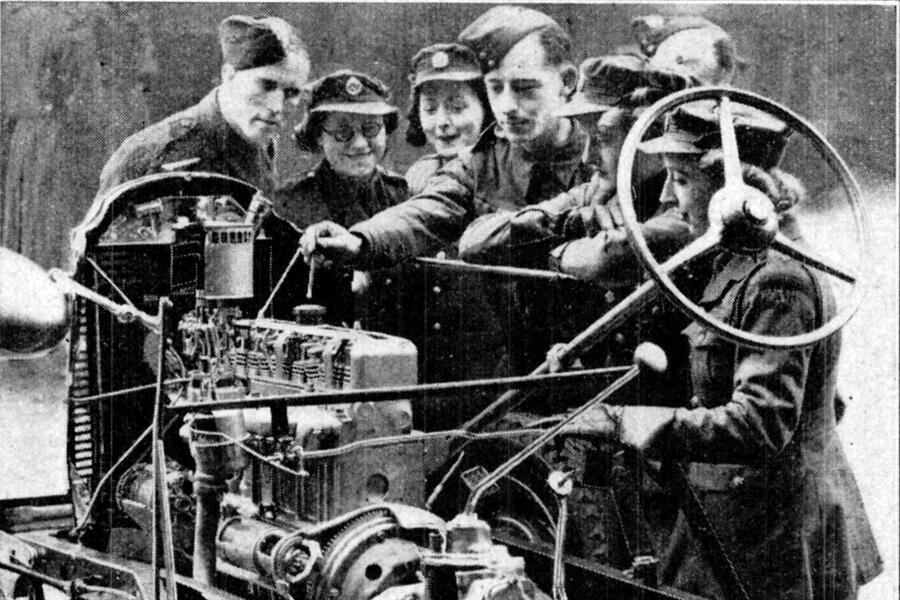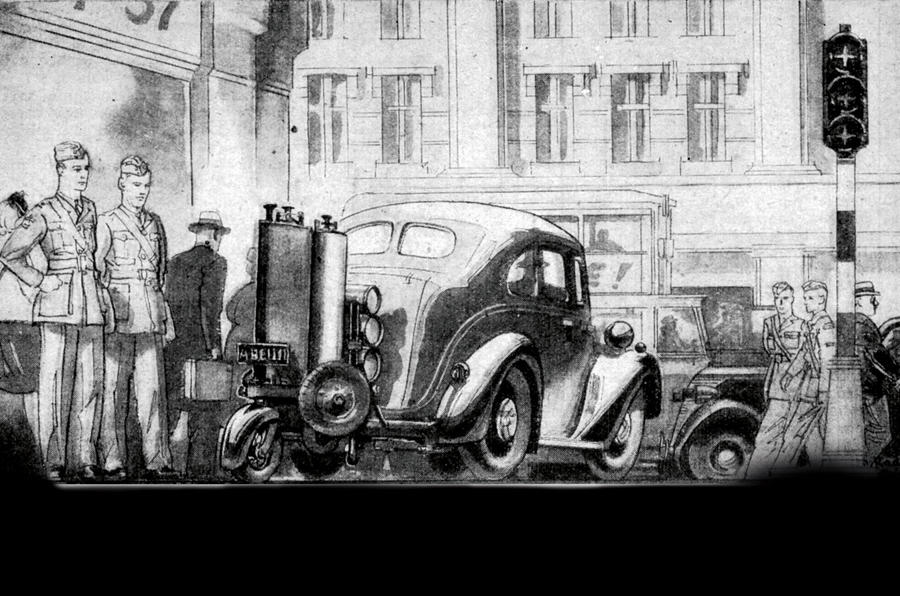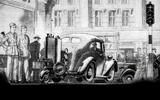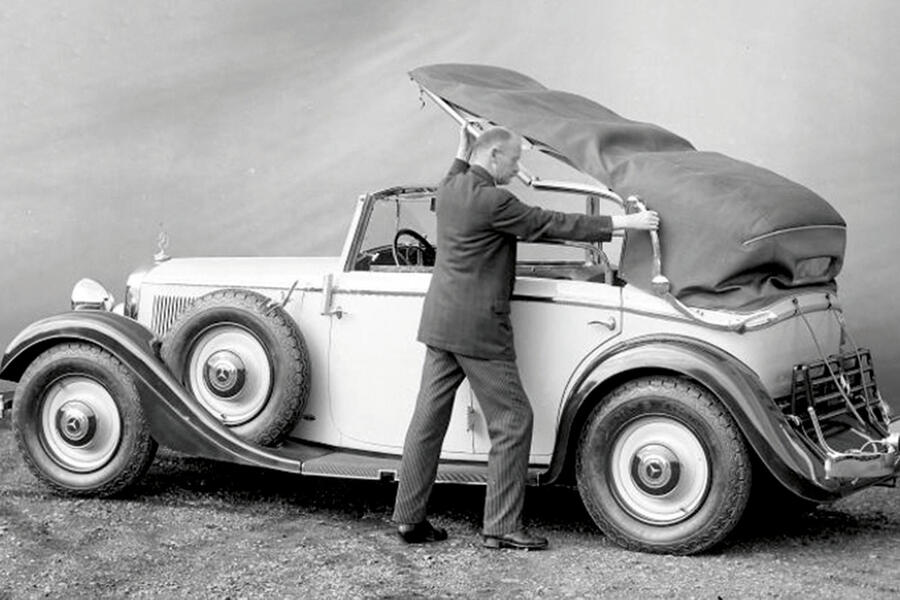As the war machine grew ever hungrier and merchant shipping ever harder, petrol became an extremely important yet very scarce commodity in Britain.
Fortunately, the government had foreseen such a dire scenario as early as 1937 and thus initiated trials of an alternative method of vehicle propulsion: producer gas.
This fuel was made by burning natural substances, mostly coal, derivatives thereof and wood. Flammable gases would be sent through to the carburettors of the engine as temperatures rose in the fire zone: methane (300 - 450deg C), hydrogen (700 800) and carbon monoxide (1000).
Tests on a truck showed that, on anthracite (hard coal), its six-cylinder engine produced only 40-56% of its best power, because the gas and air mixture had just 60% the calorific value of petrol and air. Admitting steam through the fire zone made no difference.
People at home would often see vehicles towing gas generators during the war: in Britain buses and trucks burning coal and in Europe, particularly Germany, all vehicle types burning wood.
Another wartime alternative to petrol was town gas (a by-product of coal coking used domestically), which, being uncompressed, had to be stored in an enormous bag in a frame on the vehicle’s roof.
Both had scary risks: explosion and carbon monoxide poisoning.
How does an Army Service Corps prepare for dangerous driving?
“Driving a lorry through the blackout into an area where a blitz is in full swing, into the hail of falling shrapnel on roads strewed with toppling masonry, fires raging and bombs blasting, is not a pleasant job, especially if your lorry is loaded with shells for an anti-aircraft battery.”
How was one prepared for such tasks, then? We visited a training centre of the Royal Army Service Corps to find out. Men were first trained as soldiers, going through foot drill, arms drill, weapons training, anti-gas drill and map reading.














Add your comment